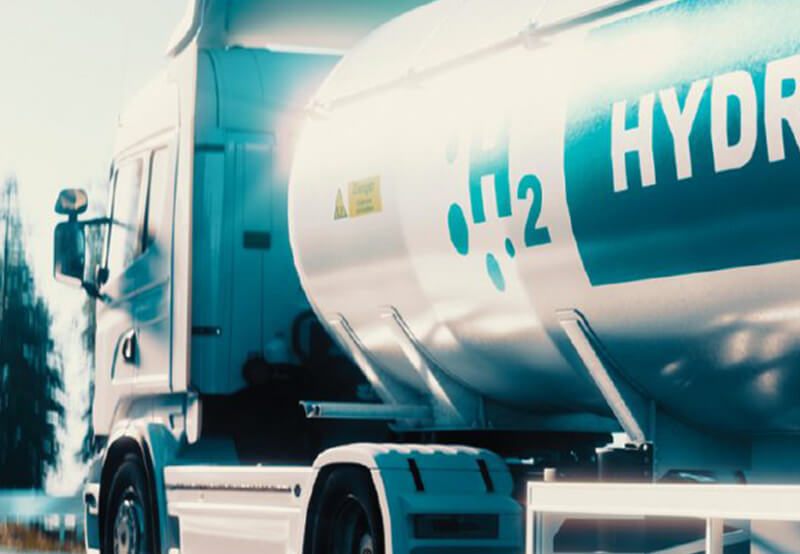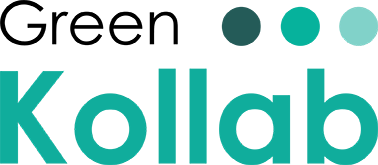Fuel of the Future: Liquid Hydrogen’s Properties & Uses
In today’s world, where clean energy is becoming more important than ever, the search for sustainable fuel alternatives has led us to an exciting solution—liquid hydrogen. As governments and industries look beyond fossil fuels, hydrogen is emerging as a promising, eco-friendly energy source.

But what makes hydrogen so useful? What are the properties of hydrogen that make it ideal for clean energy applications? How is it stored, and why is cryogenic storage essential? In this post, we’ll explore all these questions and understand the growing role of hydrogen in shaping our energy future.
What Is Liquid Hydrogen?
Hydrogen is the lightest and most abundant element in the universe. In the world, it typically exists in its gaseous state. But once cooled to very low temperatures—about -253°C—it becomes a liquid. This process makes hydrogen more compact and efficient to store, particularly to transport or use in industry.
Transforming hydrogen gas into liquid form is no mean feat. Special tanks for storage and sophisticated cooling technology are needed, which come under the general umbrella of cryogenic storage. Despite all the obstacles, numerous industries are now looking toward liquid hydrogen as a clean and mighty energy source.
The Unique Properties of Hydrogen
To understand why hydrogen is useful, let’s take a closer look at its basic characteristics:
- Abundance: Hydrogen is the most common element in the universe, found in water, plants, and even the air.
- Clean-burning: When hydrogen is used as fuel, it produces only water vapor—no carbon emissions or pollutants.
- High energy density per mass: Hydrogen contains more energy per kilogram than most traditional fuels, making it ideal for applications where weight matters, like aviation or space travel.
- Low density: Although it’s energy-rich by mass, hydrogen has very low density, which is why liquid hydrogen is preferred for compact storage.
These properties of hydrogen make it highly desirable for use in various modern energy systems, including fuel cells, rockets, and clean electricity generation.
Why Use Liquid Hydrogen Instead of Hydrogen Gas?
Hydrogen in gas form takes up a lot of space. That means we need larger tanks or higher pressures to store enough of it for practical use. This can be inefficient and sometimes unsafe.
By converting it into liquid, we significantly reduce the volume it takes up. For example, one liter of liquid hydrogen can hold much more energy than one liter of hydrogen gas. This makes it perfect for industries that require large quantities of hydrogen in a compact form.
However, keeping hydrogen in a liquid state means maintaining extremely low temperatures. This leads us to one of the biggest challenges in hydrogen use—hydrogen storage solutions.
Hydrogen Storage Solutions: What Are the Options?
Hydrogen can be stored in different forms depending on its use and the technology available. Here are the main types of hydrogen storage solutions:
1. Compressed Hydrogen Gas: This is the most common form of storage. Hydrogen is stored in tanks at very high pressures (up to 700 bar). This method is widely used in hydrogen-powered vehicles. However, the tanks need to be strong and are often heavy.
2. Liquid Hydrogen: In this method, hydrogen is cooled to cryogenic temperatures and stored as a liquid. This is more space-efficient than gas but requires highly insulated and technologically advanced containers.
3. Metal Hydrides and Solid-State Storage: In these systems, hydrogen is absorbed or chemically bound to materials. This type of storage is still being developed but offers the potential for safer, more compact storage options.
Among these, liquid hydrogen is ideal for applications where weight and space are critical, such as rockets, airplanes, and cross-country hydrogen transport.
Real-World Uses of Liquid Hydrogen
The use of liquid hydrogen is no longer limited to rocket launches. So what are some of the places it is already being deployed? And where it is going next?
1. Space Exploration: NASA and other space agencies have used liquid hydrogen for decades as rocket fuel. It gives out the sufficient power and thrust to launch spacecrafts out of the atmosphere of the Earth.
2. Aviation: Plane models using Hydrogen power are on development, where companies are trying to substitute jet fuel with another cleaner fuel. Liquid hydrogen could power long-distance flights with zero emissions.
3. Automobiles: Although most hydrogen cars currently use compressed hydrogen, liquid hydrogen could allow for longer driving ranges and faster refueling in the future.
4. Power Generation: Hydrogen can be burned either like electricity or used as fuel cell. In remote areas or during peak demand, liquid hydrogen can act as a backup energy source.
5. Transportation and Shipment: There are also hydrogen-powered ships and trucks are under test as a clean alternative comparing to diesel and marine fuel. Liquid hydrogen is being considered for its high energy density and easy transport in bulk.
Liquid Hydrogen: A Clean Future Within Reach
Clean energy it is no longer a choice, it is urgent. As the world battles climate change, pollution, and resource scarcity, fuels like liquid hydrogen are gaining popularity. Hydrogen is clean, efficient, and has the potential to serve a variety of industries, including transport, industry, and life daily.
Naturally there are difficulties. The cost of production, the need for better hydrogen storage solutions, and the complexity of cryogenic storage are major hurdles. However, the governments, researchers and industries are making huge investments to make hydrogen the central part of our future.
Final Thoughts
We are on the edge of a hydrogen revolution. With its unique properties, eco-friendly nature, and versatility, liquid hydrogen could soon become a major player in the global energy market.
As technology improves and infrastructure grows, the question is no longer “if” hydrogen will be part of our future—but “how fast.”
So, whether you’re an energy enthusiast, a student, or just someone curious about new technology, keep an eye on hydrogen. It’s clean, it’s powerful, and it’s just getting started.
Frequently Asked Questions (FAQs)
Liquid hydrogen is used in aerospace, fuel cell vehicles, energy storage, and various industrial applications such as metallurgy and electronics cooling.
Liquid hydrogen must be stored at -253°C to maintain its liquid state and prevent rapid evaporation.
Liquid hydrogen has a higher energy-to-weight ratio than gasoline, making it more efficient for aerospace and fuel cell applications.
While hydrogen is non-toxic and clean-burning, it is highly flammable and requires strict handling precautions.
The main challenges include cryogenic storage, transportation infrastructure, and the high cost of production.












